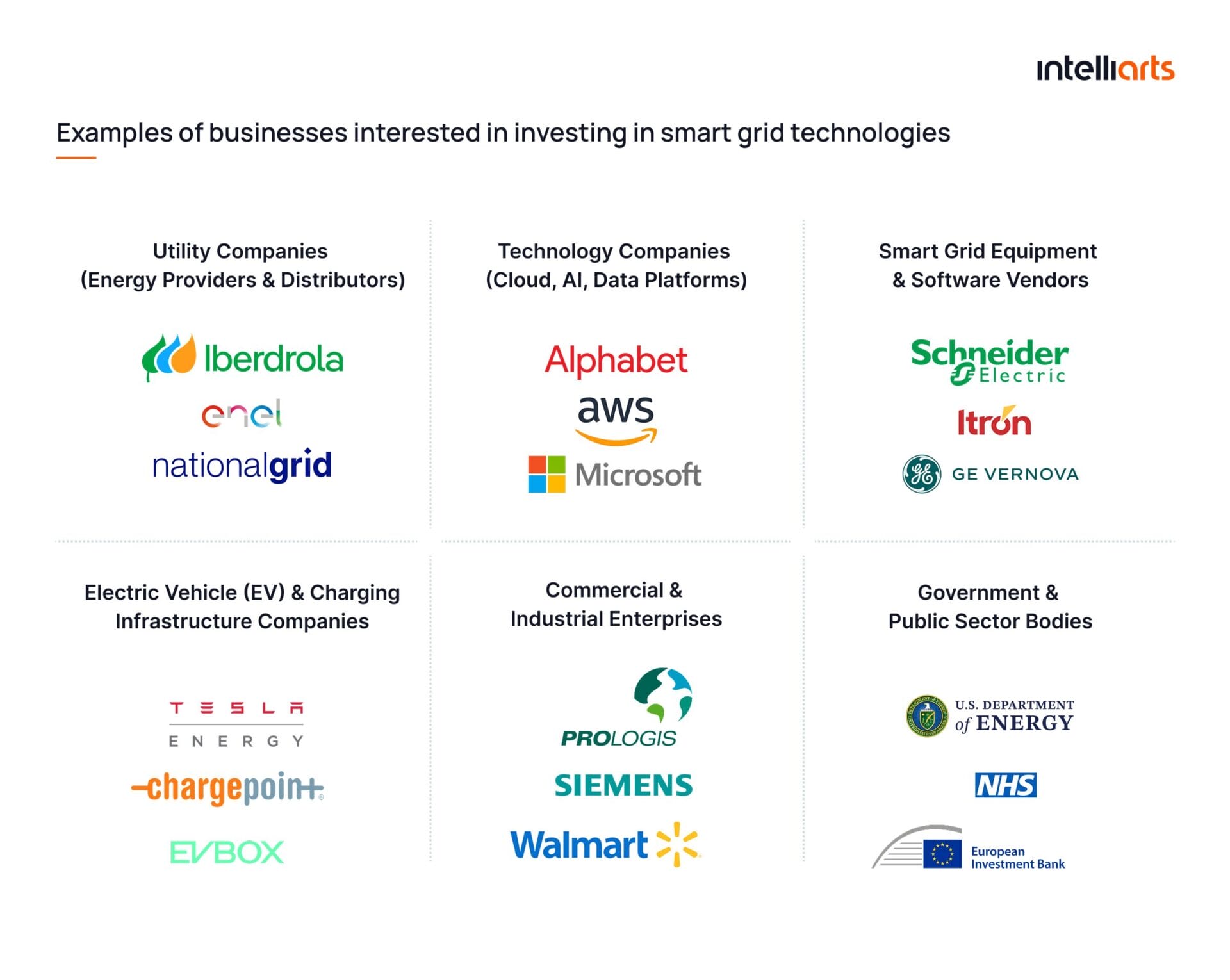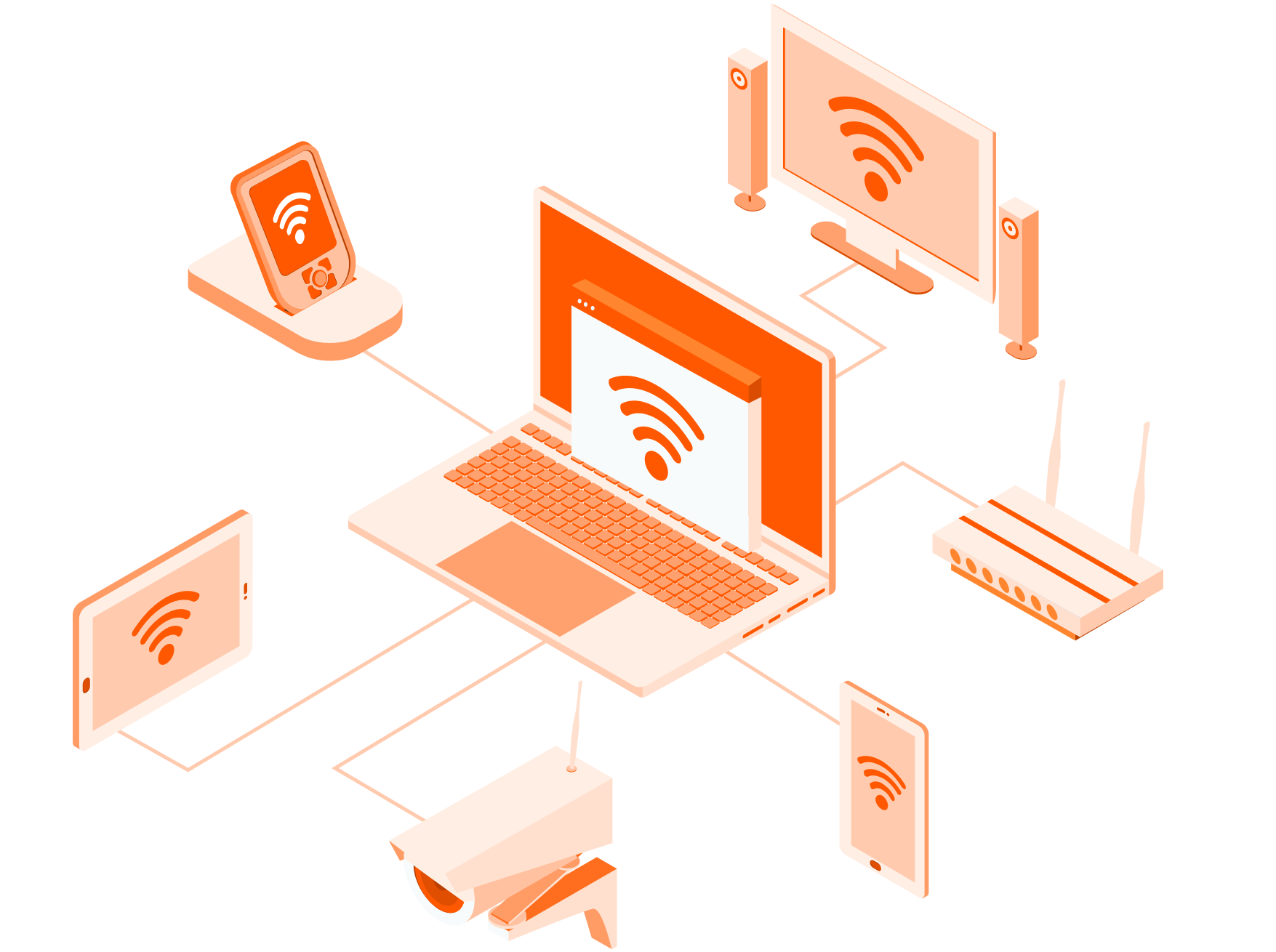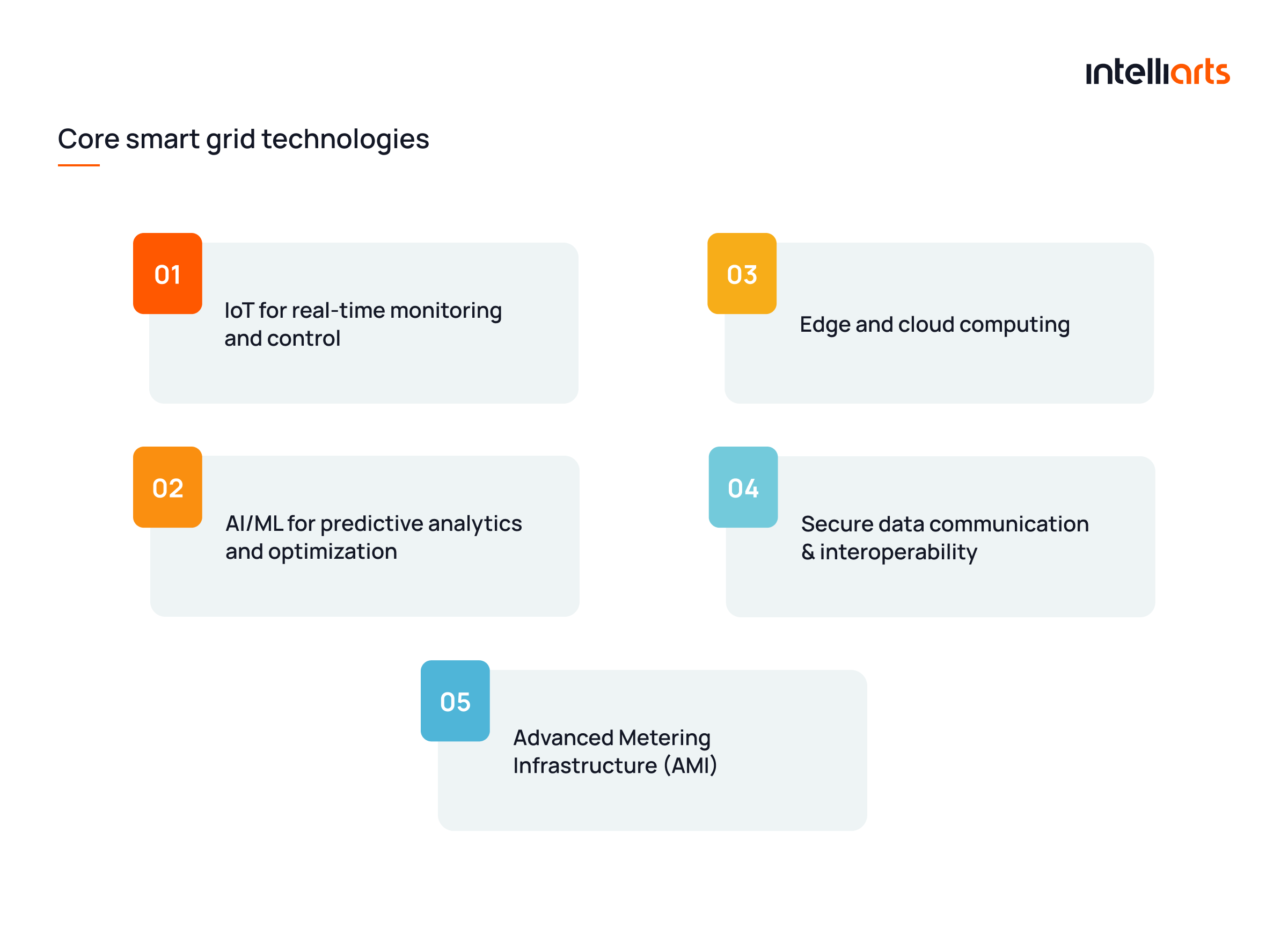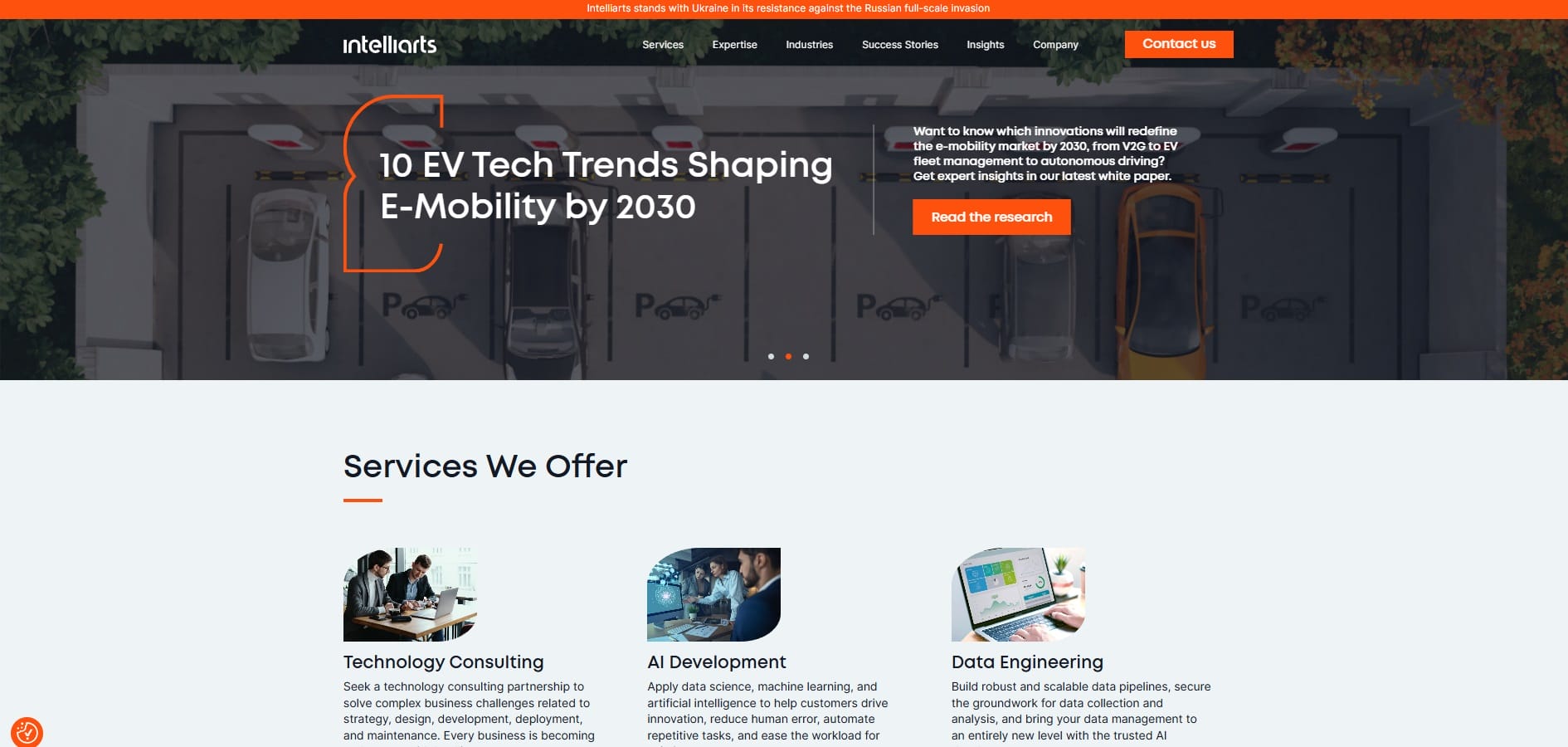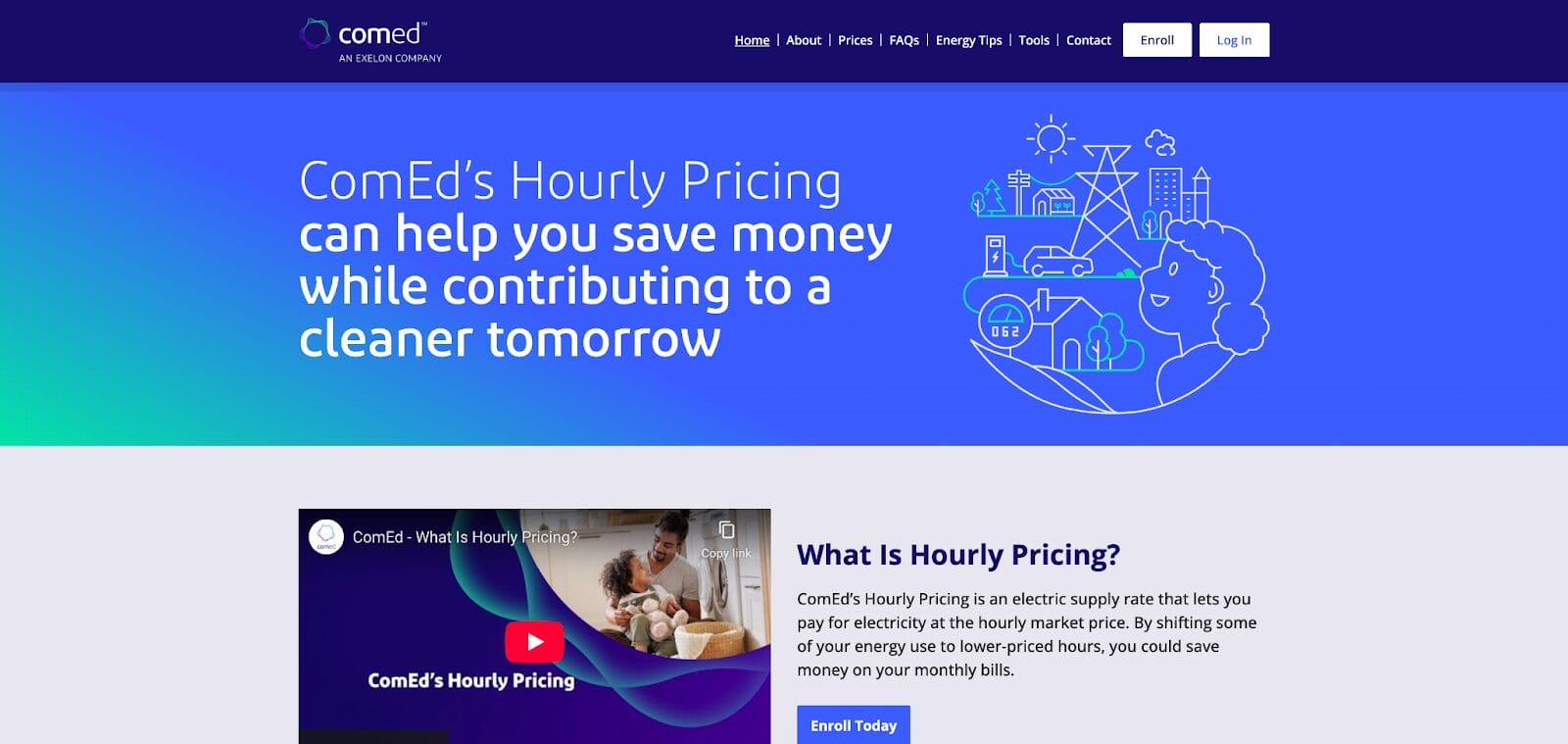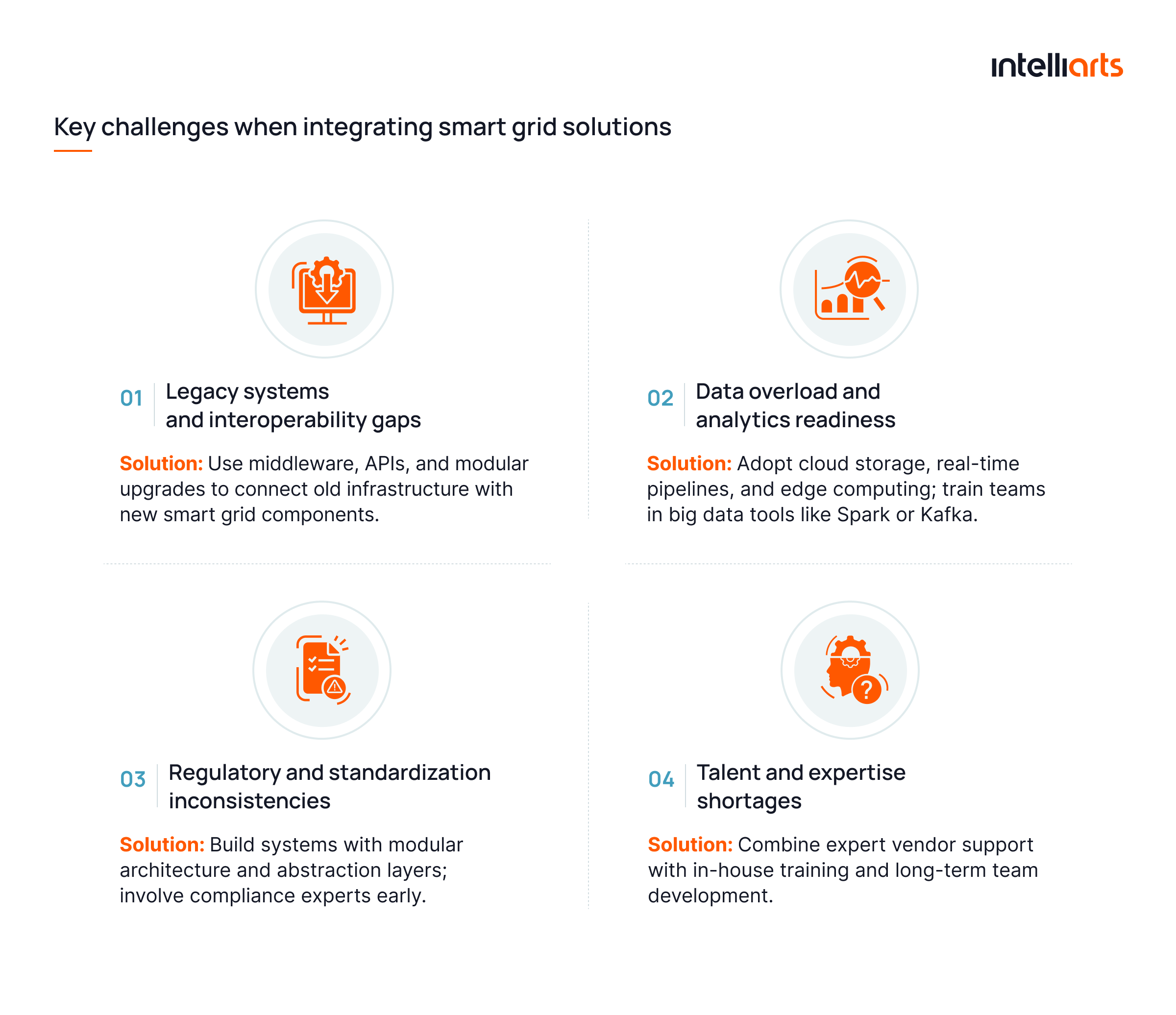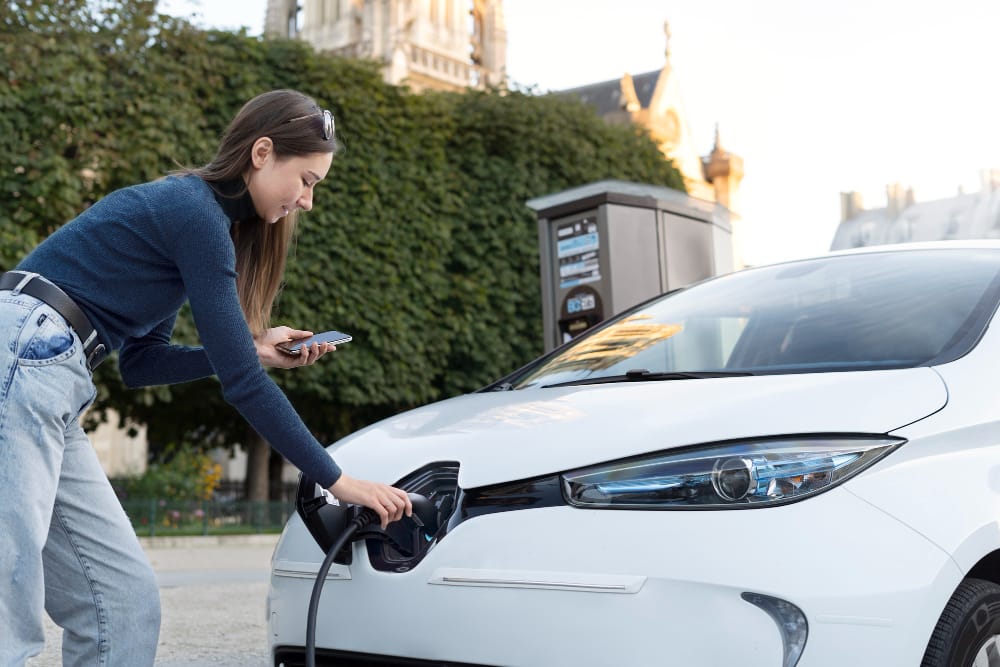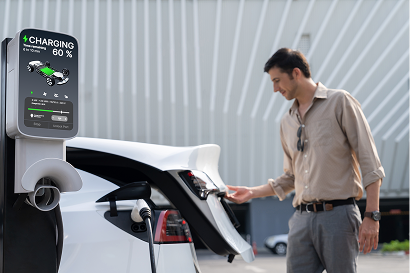Global electricity demand is expected to rise by 62% by 2050, and up to $3.4 trillion is projected to be invested in grid modernization by 2040. That’s exactly why businesses should no longer hesitate to invest in smart grids, since not reaping the strategic and financial advantages of smart grid investments means lagging behind.
In this post, you’ll explore beneficial opportunities that arise from investing in smart grid management systems. Besides, you’ll delve into technology implementations in detail. After that, you’ll discover use cases of using smart grid infrastructure in business and familiarize yourself with related challenges and solutions.
Why businesses are increasingly investing in smart grid technologies
Above everything, businesses need to understand the rationale behind energy projects. Here’s a list of positive and negative drivers that make companies invest time and effort into smart grid technology:
Positive drivers or opportunities:
- Competitive differentiation
- Integration of renewables and EV infrastructure
- Operational resilience and business continuity
- Data-driven decision-making
- Demand response participation
- Scalability of energy infrastructure
- Enhanced customer and stakeholder trust
- Access to new revenue streams
Negative drivers or risks:
- Rising energy costs and demand for real-time efficiency
- Regulation, Environmental, Social, and Governance (ESG), and decarbonization pressures
- Infrastructure aging and blackout risk
- Grid instability due to decentralization
- Cybersecurity vulnerabilities
- Penalties and fines for inefficiencies or emissions
- Rising stakeholder expectations
The examples of businesses most interested in the smart grid integration are provided below:
Discover more about smart grids from our blog post on balanced energy grid as well as the opportunities and challenges related to its implementation.
Core smart grid technologies
The smart grid not only carries electricity but also information, enabling intelligent and efficient power use, integrating energy sources like solar panels and electric vehicles. — Robin Chase, co-founder of Zipcar
Smart grid infrastructure doesn’t exist separately from other domains and technology clusters. Here are tech solutions that compose smart grids or work with them in close connection:
#1 IoT for real-time monitoring and control
In smart grids, the Internet of Things (IoT) connects physical grid components, such as smart meters, transformers, and circuit breakers, to digital systems. These devices continuously collect, transmit, and sometimes act on data (like voltage, current, or temperature), enabling grid operators to monitor conditions and remotely control infrastructure in real time.
Examples of technology implementation:
- Smart meters installed in homes to provide two-way communication of usage data.
- Sensors on transmission lines that detect fault locations and trigger automated rerouting.
- IoT-enabled thermostats and EV chargers supporting demand response programs.
Value-adding benefits of technology implementation:
- Faster fault detection and restoration
- Greater visibility across transmission and distribution networks
- Improved load balancing and real-time grid optimization
#2 AI/ML for predictive analytics and optimization
AI and ML in smart grids analyze large datasets to predict trends, identify patterns, and automate grid decisions. These technologies help anticipate equipment failures, optimize power flows, and improve forecasting for energy demand and renewable generation. Along with other advantages, it adds a lot to effective energy management in smart grids.
Examples of technology implementation:
- Predictive maintenance systems that detect anomalies in transformer operation.
- ML models forecasting energy demand based on weather, time-of-day, and user behavior.
- AI-driven energy management platforms that adjust grid parameters in real time.
Value-adding benefits of technology implementation:
- Reduced downtime and maintenance costs
- Increased grid reliability and efficiency
- More accurate planning for renewable integration and peak loads
#3 Edge and cloud computing
Edge computing processes data locally at the point of collection (e.g., at substations or smart devices), enabling real-time decisions without waiting for cloud-based analysis. Cloud computing, in its turn, handles complex analytics and large-scale data storage, offering centralized control and long-term insights.
Examples of technology implementation:
- Edge devices that automatically isolate a fault and reroute power without central input.
- Cloud-based energy analytics platforms that analyze fleet-wide data from distributed energy resources (DERs).
- Hybrid systems combining edge-based protection with cloud-based forecasting.
Value-adding benefits of technology implementation:
- Lower latency and faster response to local events
- Scalable infrastructure for grid-wide coordination
- Continuous service even during network disruptions
Looking for custom renewable energy software development services? Don’t hesitate to reach out to Intelliarts.
#4 Secure data communication & interoperability
This technology ensures that devices across the grid can securely exchange data and function together, even if built by different vendors. Secure communication prevents tampering, while interoperability ensures compatibility through standardized protocols.
Examples of technology implementation:
- Use of IEC 61850 protocol for substation automation.
- Encrypted VPN tunnels for smart meter data transmission.
- Interoperable platforms integrating EV chargers, solar inverters, and utility back-end systems.
Value-adding benefits of technology implementation:
- Strong protection against cyber threats and data breaches
- Flexibility in adding new grid technologies
- Cost savings through reduced integration effort and vendor independence
#5 Advanced Metering Infrastructure (AMI)
AMI solutions refer to systems that measure, collect, and analyze energy usage data through smart meters and enable two-way communication between utilities and customers. AMI supports real-time billing, outage detection, and dynamic energy pricing, helping to modernize energy consumption management.
Examples of technology implementation:
- Smart electricity meters that transmit real-time usage data to the utility every 15 minutes.
- Remote meter disconnection/reconnection and firmware updates.
- Customer portals showing real-time consumption and pricing for load shifting.
Value-adding benefits of technology implementation:
- Time-of-use pricing and customer energy awareness
- Reduced operational costs through remote services
- Outage management and load forecasting accuracy
Use cases of smart grids in business
Smart grid technology is becoming more well-known due to increased publicity. But while enthusiasts delve into technicalities, businesses should look more at the actual application of smart grids in real life, and ways to monetize it. Let’s explore use cases of smart grids in business, then.
#1 Smart charging optimization use case by Intelliarts
Company background:
A software engineering firm that delivers custom cloud and IoT solutions, helping businesses in energy, mobility, and tech optimize operations and reduce costs.
Use case details:
Built a smart power management system for EV Connect. This enabled scheduling power limits and managing energy usage via APIs and dashboards, which helped avoid peak-time loads. The system included dynamic load balancing, real-time monitoring, and compliance with the UK smart charging regulations.
Outcomes:
- Reduced electricity costs through off-peak charging
- Avoided infrastructure expansion by balancing load across chargers
- Improved grid stability and regulatory compliance
- Enabled data-driven decisions with analytics and reporting
Explore the smart power management system success story by Intelliarts.
#2 Self-healing grid use case by Electric Power Board of Chattanooga (EPB)

A municipal utility in Tennessee, known for pioneering the U.S.’s first gigabit internet city and one of the most advanced smart grids.
Use case details:
Deployed a 9,000-mile fiber-optic network with 1,400+ automated switches and smart meters across 600 mi². The system enables real-time fault isolation and self-healing of the grid, paired with energy usage monitoring via the myEPB platform.
Outcomes:
- 55% reduction in outage minutes
- 19 million customer outage minutes avoided annually
- 4.7 million lbs of CO₂ emissions avoided per year
Read about the usage of smart grid in IoT projects from another of our blog posts.
#3 Community microgrid use case by ComEd
Company background:
A major electric utility serving Illinois and a subsidiary of Exelon, known for its smart grid and microgrid innovation.
Use case details:
Implemented the Bronzeville Community Microgrid, integrating solar, battery storage, and smart controls to serve over 1,000 customers. It connects with the IIT microgrid for a resilient cluster system.
Outcomes:
- Full grid-independent operation during outages (islanding success in May 2024)
- ~75% energy cost reduction for local housing authority
- Enhanced energy resilience in a critical urban area
Explore community microgrid use case
There will be embedded energy storage [at every layer of the grid]. It will be a collection of microgrids. — Sumit Bose, a senior engineer at GE Global Research
Key challenges when integrating smart grid solutions
Finally, let’s get through the entire range of possible challenges of integrating smart grid technologies in business:
#1 Legacy systems and interoperability gaps
Older infrastructure was not designed for smart grid energy efficiency and the newer standards in the industry. That’s why it often lacks compatibility with modern smart grid technologies, causing integration delays and high upgrade costs. Another part of the issue is that many of the legacy systems can’t communicate with IoT sensors or real-time control software.
Solution: The issue is typically tackled by using a combination of infrastructure reconstruction and software improvement measures. For example, developers use middleware, APIs, and protocol converters to bridge old and new systems. Modular upgrades help avoid full replacements while enabling partial smart grid integration.
For an additional insight, explore our success story on OpenADR protocol implementation.
#2 Data overload and analytics readiness
Smart grid infrastructure generates vast amounts of data from sensors, meters, and controllers. Without proper analytics tools, this leads to information bottlenecks and poor decision-making.
Solution: Among all the measures that can be utilized in that regard, dev companies usually utilize cloud platform-based storage, real-time data pipelines, and edge computing. An extra advice for businesses here is to properly train teams in big data tools like Spark or Kafka to ensure that they can handle smart grid-scale analytics correctly.
Read our blog post on best practices for using data pipelines to obtain more information.
#3 Regulatory and standardization inconsistencies
Smart grid regulations may differ across regions. As such, interoperability standards for the U.S., which are IEEE 2030 and global standards, i.e., IEC 61850, data privacy standards, Distributed Energy Resources standards, and others, may not be interchangeable. Standard misalignment causes project delays and additional compliance costs. That’s what makes it hard to deploy uniform smart grid management solutions.
Solution: Among possible solutions, it’s recommended to use smart grid systems with a modular architecture that supports multiple regional standards and protocols. Additionally, it’s always useful to use abstraction layers or adapters to decouple business logic from local compliance rules. Also, don’t hesitate to involve IoT regulatory experts during the planning phase to identify mandatory certifications.
#4 Talent and technical expertise shortages
Businesses often face difficulty finding professionals with experience in grid automation, IoT integration, and energy analytics. This shortage leads to delays, suboptimal system performance, and over-reliance on external vendors.
Solution: Develop a strategic workforce plan that combines short-term vendor partnerships with long-term internal capability building. It’s absolutely crucial to consult with external experts for implementation and knowledge transfer. You may combine the latter with launching in-house training programs focused on smart grid technologies, if the size of your business and the magnitude of the project allow. Always strive to collaborate with only a few, or better, only one trustworthy vendor of smart grid management and integration services.
Note. The listed challenges do not serve as a warning against using the smart grid infrastructure. Despite the fact that any technology implementation comes with risks, the smart grid benefits make the project worth the investment in most scenarios. If you feel unsure about smart grid integration, don’t hesitate to reach out to Intelliarts for a technology consulting session.
Final take
Smart grid technologies offer a strategic path toward efficiency, resilience, and innovation in energy management. From IoT to AI, cloud, and interoperability solutions, each component plays a role in enabling intelligent, scalable power systems. Businesses investing in smart grid infrastructure not only future-proof operations but also unlock new revenue models, meet regulatory demands, and stay competitive in a dynamic energy landscape. Now is the time to act on smart grid potential.
Here at Intelliarts, we have more than 25 years of experience creating tailored AI, ML, smart grid, and software solutions. With substantial expertise, a senior team, and a 90% customer return rate, we are ready, willing, and able to roll out your best smart grid infrastructure project.
FAQ
What is a smart grid and how is it more efficient than existing grids?
A smart grid is a modernized electricity network that uses sensors, automation, and real-time data. It can offer improved energy efficiency, reduced losses, and distributed energy management. Unlike traditional grids, it dynamically adjusts supply and demand, integrates renewable energy, and enhances grid reliability.
What’s the ROI of smart grid investments?
ROI depends on the scale, but smart grid technologies typically deliver returns via reduced outages, lower operating costs, and improved demand forecasting. Utilities often recover investments within 5–7 years due to increased energy efficiency and better asset utilization.
Can Intelliarts work with our legacy systems?
Yes. Intelliarts offers services focused on smart grid integration with legacy infrastructure using APIs, middleware, and data adapters. We prioritize interoperability between your current setup and modern smart grid management systems and ensure that no major overhauls are necessary.



